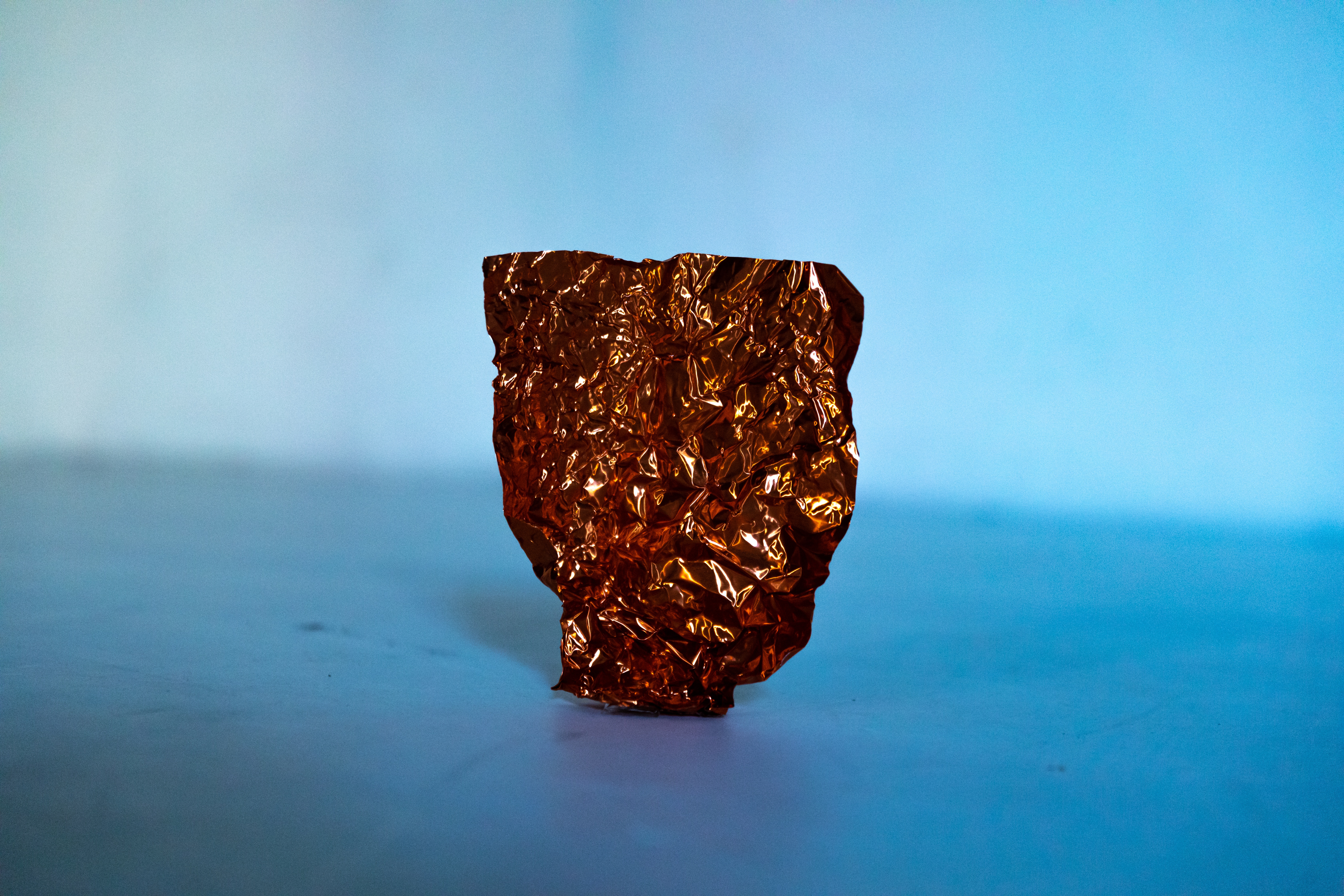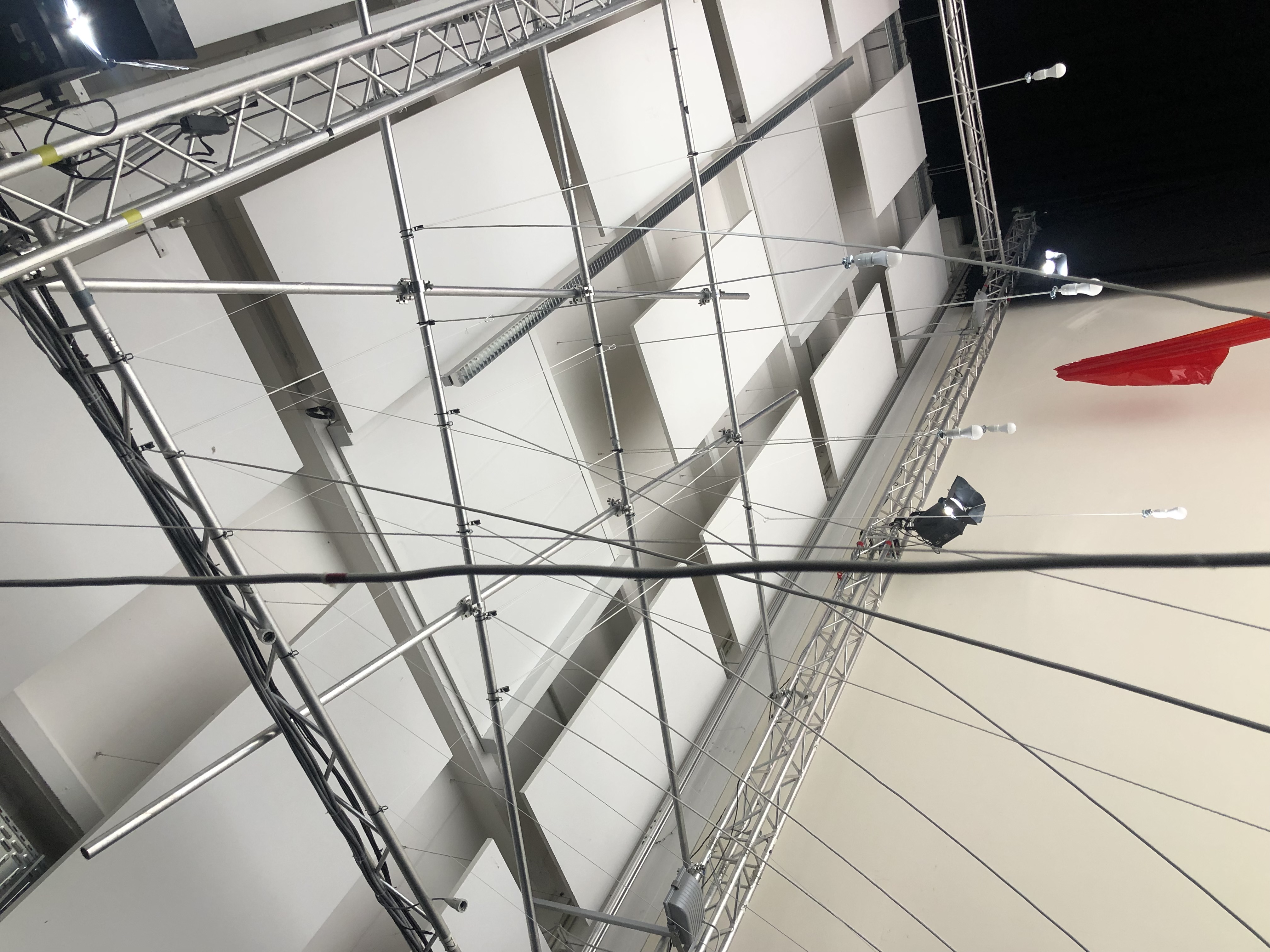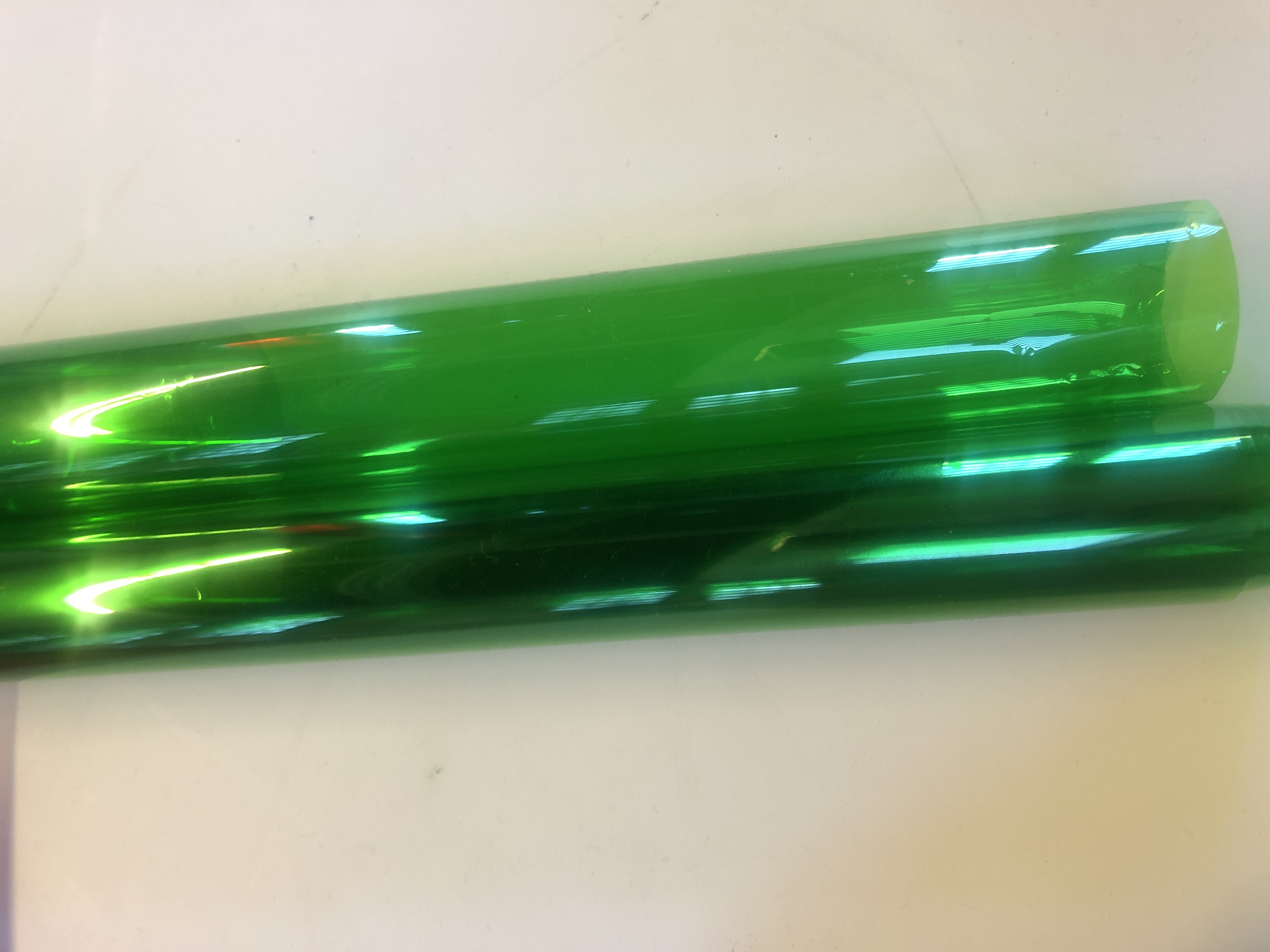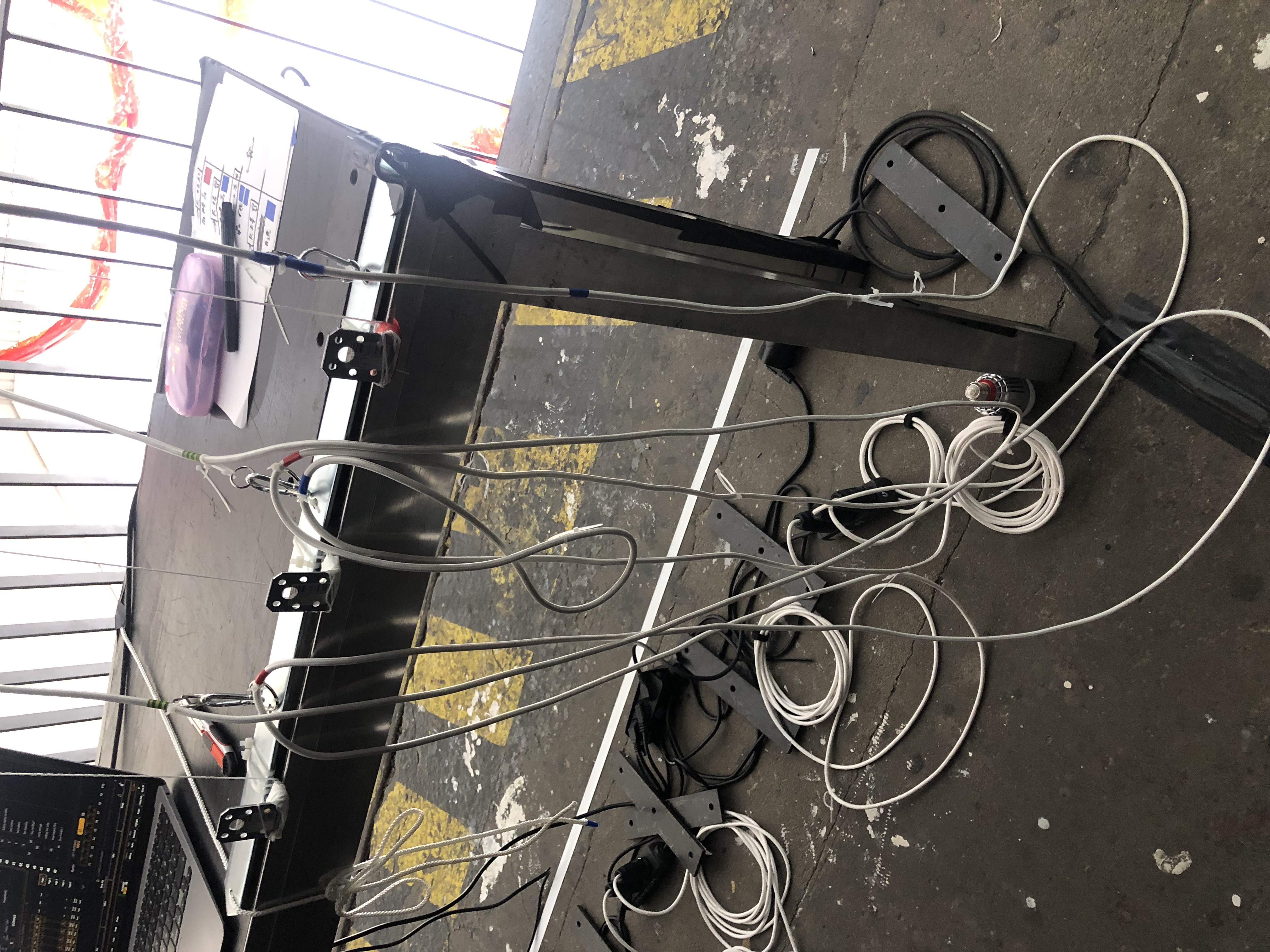“Matters of Rhythm”
)
Visual Sign (Language) Choreography and Performance
Choreography & Performance Rita Mazza
Lighting Choreography Hanna Kritten Tangsoo
Stage & Costume Design Yi-Ju Chou
Dramaturgy & Access Consultancy Noa Winter
Movment Quality & Choreography Consultancy Gabriel Galindez Cruz
Press & Communication Gina Jeske
Audio Description & Tactile Tour Johanna Krins & Gina Jeske
Photography Mayra Wallraff
Filming & Editing Laura Gönczy
Production Management Sophia Barthelmes
Audism Workshop and Deaf Awareness Xenia Dürr
DGS/English/German interpretation for internel team work Stella Papantonatos & Alma Arnoul & Florian Koehler & Nora Maletzki
Premiere 04.05.2023 Uferstudios für zeitgenössischen Tanz Berlin







What is visual sound? In Matters of Rhythm, Rita Mazza explores the composition of visual sound. Together with Hanna Kritten Tangsoo and inspired by the rhythms of sign language, Mazza delves into the relationship between body and light. Focusing on the dichotomies of nature and capitalism as well as circular and linear rhythms, they will develop movement and light choreographies that create music for the eyes.
Music is moving in waves. It travels through space and time. Light also travels in waves and needs a body to reflect. Light and bodies moving together through space and time are constantly creating a choreography of visual frequencies. In Matters of Rhythm, Rita Mazza explores this composition of visual sound driven by the rhythms of sign language. Together with light artist Hanna Kritten Tangsoo, Mazza develops movement and lighting choreographies that focus on the relationship between the body of the performer and the light as the source of movement. Inspired by Henri Lefebvre’s essay collection Rhythmanalysis and the work of visual artist Christine Sun Kim, Mazza and Kritten Tangsoo question how the dichotomies between nature and capitalism, between circular and linear rhythms, shape our movements. They explore how light and movement come together, communicate, interact, build a relationship and, in doing so, produce music for the eyes. Thus, every sound is a movement. And movements – organized in different shapes, patterns and tempi – form music.
)
)
)
)
)
)
A production by Rita Mazza, funded by the Senate Department for Culture and Europe within the framework of individual project funding.





💧